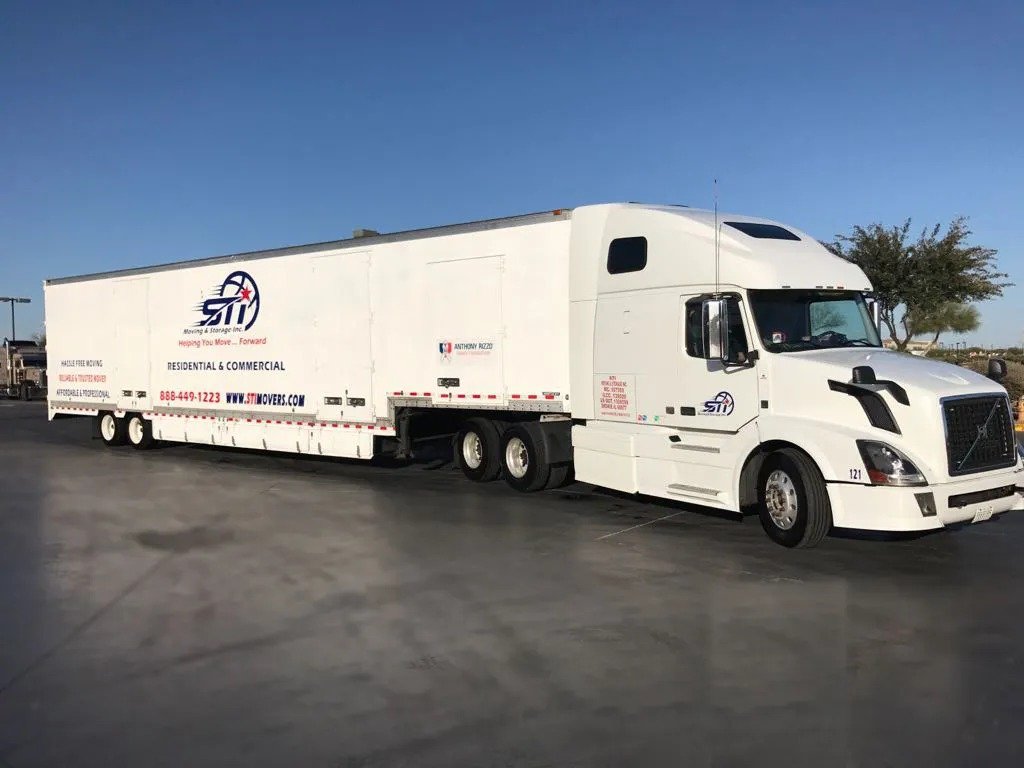Planning relocation is complicated as is, and if you don’t plan it carefully, it can get too expensive too soon. Depending on how you are planning to execute your move, your budget can go up to several thousand dollars. But, how can you create a moving budget that won’t break the bank and will suit your needs? Here are some steps to do so.
Decide Date and Time of Move
If you didn’t know by now – the day of the week, month, and the year can affect the price you should pay for relocation. Moving in summer will surely cost you more, and whenever you relocate off the moving season will be better for your wallet. The busiest moving season is typically from May to September, with peak demand in the summer months.
If possible, schedule your move during the off-season, such as late fall or winter, when moving companies are less busy and offer discounted rates. Additionally, avoid weekends and the beginning or end of the month, as these are high-demand periods. Opting for a mid-week move can often save you money while ensuring greater availability of services.
Make Inventory
When you have a list of your items ready, you will know what you will relocate. That’s how you will be much more in control of your budget because, when you do your research on the best moving company, you will know how much stuff you have on you for the cost estimates. Create a detailed inventory by going room by room and listing everything you plan to move.
Categorize items by size, weight, and fragility. This not only helps you get accurate cost estimates from moving companies but also allows you to evaluate whether certain items are worth moving. For example, larger, heavier items like old furniture may cost more to transport than they’re worth, making them better candidates for selling or donating.
Check Moving Fees & Other Costs
When you get informed about things like the base or additional moving fees, relocating insurance, transportation, or even storage options, you will be more in control of where your money can go. Start by requesting detailed estimates from multiple moving companies. Ask for a breakdown of costs, including:
- Base Moving Fees: This typically includes labor, transportation, and mileage.
- Additional Services: These can include packing, unpacking, or disassembling furniture.
- Insurance Coverage: Movers often offer basic liability coverage, but full-value protection may cost extra.
- Storage Costs: If you need to store items temporarily, factor in the cost of storage units.
- Special Handling: Items like pianos, antiques, or large appliances may require extra fees.
Understanding these charges upfront allows you to choose services that align with your budget and avoid unexpected expenses.
Downsize Before Move
Decluttering before relocation has two benefits. The first one is getting rid of excess items you don’t need and a less packed new home, and the second one is a decreased moving cost. If you substantially cut back on your relocating items, your moving cost will consequently get lower. Start by sorting items into categories: keep, sell, donate, or discard.
Sell valuable but unused items through online marketplaces, yard sales, or consignment shops. Donate gently used clothing, furniture, and household items to local charities or shelters. Properly dispose of broken or unusable items. Reducing the volume of your belongings not only lowers moving costs but also makes unpacking at your new home easier and less time-consuming.
Factor In Everyday Expenses
When you plan your moving budget alongside everyday expenses, you will get a clearer picture of how much the relocation will cost you. We wish you a smooth relocation with Long Distance Movers and an exciting new chapter of your life. Everyday expenses during a move can include:
- Travel Costs: Gas, tolls, or airfare if relocating long-distance.
- Lodging: Hotel stays if the move spans multiple days.
- Food and Meals: Eating out or purchasing snacks during transit.
- Utility Transfers: Fees for transferring or setting up utilities at your new home.
- Temporary Housing: If there’s a gap between moving out and moving in.
By tracking these expenses and incorporating them into your overall budget, you’ll have a realistic view of the total cost of your move.
Create a Contingency Fund
Unexpected expenses can arise during any move, so it’s wise to set aside a contingency fund. This can cover last-minute costs, such as additional packing supplies, unforeseen delays, or emergency repairs. Aim to reserve at least 10-15% of your total moving budget for these unexpected expenses. Having this cushion ensures you’re prepared for surprises without derailing your financial plan.
Use Cost-Saving Strategies
To stay within your budget, consider these cost-saving tips:
- DIY Packing: Pack your items yourself instead of paying for packing services.
- Borrow Supplies: Borrow or use free boxes from local stores instead of buying new ones.
- Bundle Services: Some moving companies offer discounts if you book multiple services together, like packing and storage.
- Negotiate Rates: Don’t hesitate to ask for discounts or negotiate terms with moving companies.
- Tax Deductions: If your move is work-related, check if you’re eligible for tax deductions on moving expenses.
Conclusion
Creating a moving budget doesn’t have to be overwhelming or expensive if you approach it methodically. By deciding the right time to move, taking inventory, understanding moving fees, downsizing, and factoring in everyday expenses, you can plan a cost-effective relocation. Additionally, setting aside a contingency fund and using smart cost-saving strategies will keep your budget intact while ensuring a smooth transition. With careful planning and organization, your move can be stress-free and financially manageable. Here’s to an exciting new chapter in your life!



